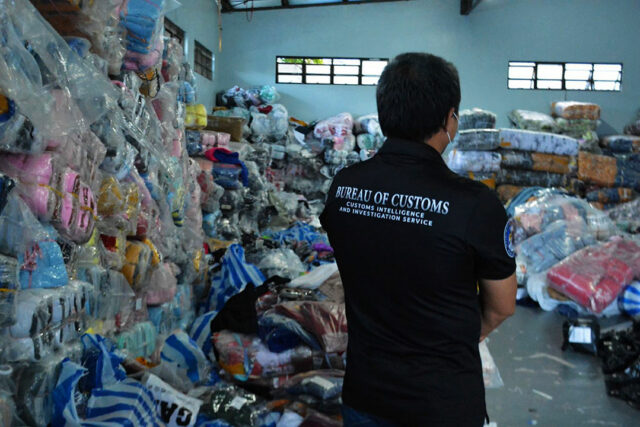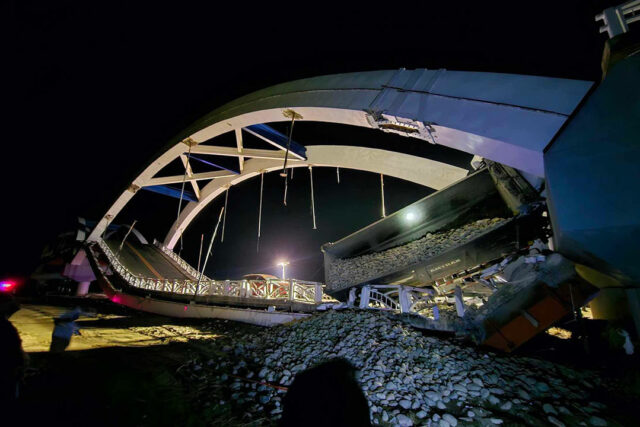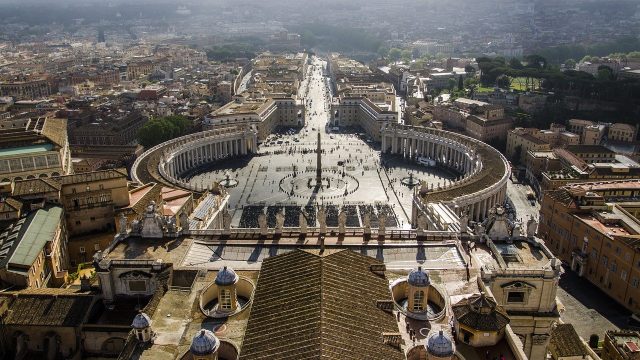VATICAN CITY — After 38 days in hospital battling double pneumonia almost entirely out of sight. Pope Francis made his first public appearance on Sunday since Feb. 14 and returned to the Vatican.
But with his doctors prescribing the 88-year-old pontiff another two months of rest to allow his ageing body to fully heal, it is unclear how often people will get to see the leader of the world’s 1.4 billion Catholics in the coming weeks.
The pope left Rome’s Gemelli Hospital on Sunday and returned to the Casa Santa Marta (St. Martha’s House), a small building at the Vatican which has been his home since his election as pontiff in 2013.
Constructed in 1996 as a place for cardinals to stay during a papal conclave to elect a new pope, Santa Marta is structured like a hotel, with guest rooms across five floors, a small cafeteria and a chapel.
But the facility is not generally open to the public. In the years between conclaves, it is primarily a home for many of the priests who work at the Vatican, who have special passes allowing them entry.
The pope and his closest aides occupy a series of rooms on the building’s second floor. In his private quarters, Francis has lived relatively unassisted up to now, taking care of many of his own needs, and is largely out of public view.
The Vatican has indicated that no new special arrangements have been made to the facility to care for Francis as he recovers from pneumonia.
The only change was to install a new adjustable bed, with electronic controls to make it more accessible for the pope, who has used a wheelchair in recent years, Italy’s Corriere della Sera reported on Sunday.
The vice director of the Vatican’s healthcare service, Luigi Carbone, told reporters on Saturday that Francis will have a 24-hour nurse and will continue receiving supplemental oxygen, as needed.
‘SO LONG AS GOD WISHES’
It is unknown how closely Francis, who has a reputation for working himself to exhaustion, will follow his doctors’ orders to take two months of rest.
“I think that for the moment we will only bring to him the most important issues that require a decision from him, so as not to tire him too much,” Cardinal Pietro Parolin, the Vatican’s number two official, told reporters.
The pope had continued leading the global Church even from hospital, making usual appointments of Catholic bishops around the world and also launching a new three-year reform process for the institution.
Normally, Francis has at least two public events per week — an audience at the Vatican with pilgrims each Wednesday, and a prayer in St. Peter’s Square each Sunday. During past illnesses, the pope has kept up those appointments, sometimes via video link from Santa Marta when he is particularly sick.
The Vatican has given no indication about what to expect about the pope’s planned agenda in the coming weeks, including a meeting with Britain’s King Charles on April 8 and Easter celebrations on April 20.
“I hope that at least he will be able to say hello to him,” Mr. Parolin said about Francis’ scheduled audience with the British monarch.
Francis, originally from Argentina and the first pope from the Americas, is also the first pope in more than a century to live outside the Vatican’s apostolic palace, an ornate Italian Renaissance building located next to St. Peter’s Square.
The pope has said he lives in Santa Marta, located on the Vatican’s south wall near the city-state’s small train station, because he likes being around other people.
“I’m happy at Santa Marta because I have people around me,” Francis wrote in an autobiography released earlier this year. “I’ll be there so long as God wishes.” — Reuters






![chambermaid-making-bed-hotel-room-[drobotdean]](https://www.bworldonline.com/wp-content/uploads/2021/12/chambermaid-making-bed-hotel-room-drobotdean-640x427.jpg)





